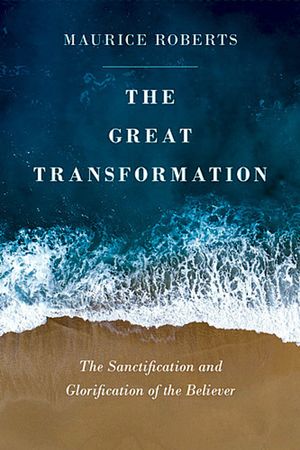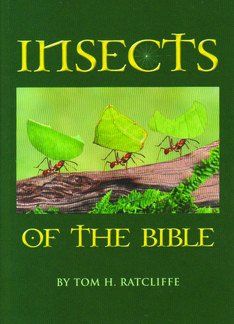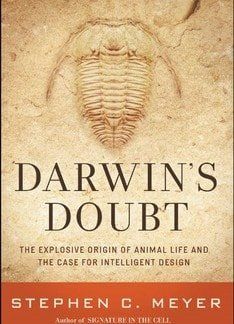– rapid recolonisation around the Mount St Helens volcano
by Philip Bell
Within a year of the May 1980 eruption, foresters began a seven-year project to replant 18.4 million trees over an area of 45,000 acres. Today, a complex and healthy forest is the fruit of their labours. Considering the incredible devastation wrought by the volcano, they are understandably proud of their achievement.1
But how has the ‘blast-scape’ fared where nature has not been given a helping hand? This scarred land has been a veritable laboratory for the botanists and zoologists who have taken the time to explore it.
The overwhelming conclusion is that life has bounced back surprisingly quickly, although the process of recolonisation is by no means complete.2
Return of the plants
The initial volcanic blast felled 230 square miles of forest. Even 15 miles from the crater, the 350 degC pyroclastic flows incinerated whatever organic life lay in their path.
On hillsides in the blast zone, the first five years saw a few plants sprout from beneath the burden of ash and pumice. Then, as erosion of the volcanic fallout exposed more pre-eruption soil, more buried plants began to grow, followed by colonisation by new plants from wind-dispersed seed.
Since 1990, biologists have observed a steady increase in both the number and variety of plant species — including larger shrubs and trees, such as willow, cottonwood and red alder.
Mudflow deposits have been rapidly recolonised by vegetation, and trees have taken root in landslide deposits. Barring another devastating eruption, the area should become a fully mature forest again by 2200.
Return of wildlife
Since a plant of some sort is the basis of almost all food-chains, the return of animals to the blast zone has followed that of the plants. Biologists who arrived on the scene hot on the heels of the eruption were amazed to find active populations of subterranean animals, like pocket gophers and ants!
Only about 14 of the 32 species of small mammals living in the region survived the blast, but animals that lived below ground, or were hibernating, fared best. Apart from ants (of which two of 12 species survived), insects were conspicuous by their absence for several years after the eruption.
Carnivorous arthropods like spiders and carabid beetles were the first to take up residence, feeding on dead insects blown into the area. More insects are arriving as habitats become available.
Large mammals were wiped out, but species like elk and deer soon returned, feeding on the young plants now available.
Birds, fish and reptiles
Birds have found it difficult to carve out a living where vegetation re-growth has been slow. Nevertheless, the common raven, white-crowned sparrow, American robin, hairy woodpecker and several others are doing well.
Indeed, mountain bluebirds are prospering because they nest in the cavities of dead trees — no shortage of those!
Surprisingly, even some amphibians are now doing well, such as western toads. They are in decline elsewhere in western USA but many thousands now exist near Mount St Helens.
Finally, there is the fishy mystery of Spirit Lake. Biologists are sure that fish could
nothave survived the catastrophe — yet a small rainbow trout was discovered in the lake in 1993 and another the following year. Perhaps someone is illegally restocking the lake!
Pessimism confounded
The 1980 eruption killed 11 million fish, one million birds and tens of thousands of mammals.3 Shortly after the catastrophe, scientists’ predictions of recovery were very gloomy indeed!
Yet their pessimism has been confounded by the rapid regeneration of communities of creatures. From a creationist viewpoint, the ability of these diverse creatures to adapt to the challenges posed by this scarred environment testifies to their created resilience — reminiscent of the recolonisation of the earth following the Great Flood.
It also means that mature landscapes with vegetation and wildlife can be created rapidly over a period of a few years. Things are not always as old as they seem!
As we marvel at these wonders, our response should surely be to ascribe praise to the one who, by his infinite wisdom and power, fashioned organisms able to restore life to a dead and blasted land.
Philip Bell BSc, PGCE, CBiol, MIBiol, is Deputy Chief Executive of Answers in Genesis UK/Europe.
References
1.
Seattle Post-Intelligencer, 31 January 2005. Available at http://seattlepi.nwsource.com/local/210211_timber01.html
2. Life returns: Animal and plant recovery around the volcano; website of Mount St Helens National Volcanic Monument: http://www.fs.fed.us/gpnf/mshnvm/education/teachers-corner/library/life-returns.shtml.
3. Swenson, K. and Catchpoole, D., After devastation … the recovery,
Creation Ex Nihilo22[2] (2000) 33-37.



















